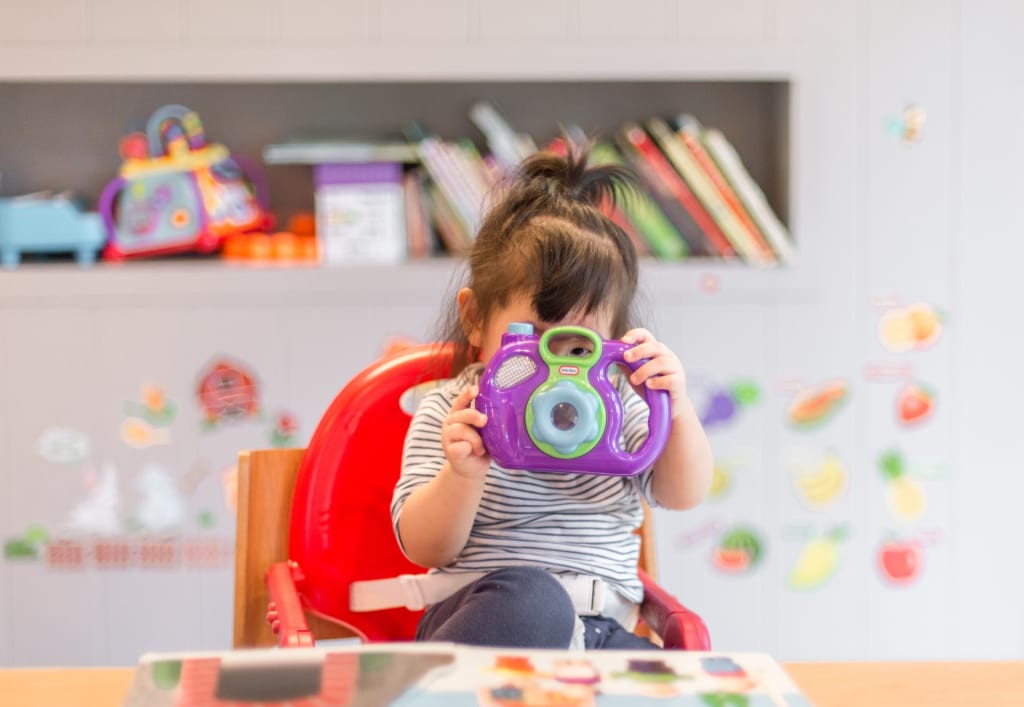How Preschool Can Help Children Develop Emotionally
Preschool is a place where your child may grow both academically and socially. Preschoolers are between the ages of three and four. At this age, children go through developmental changes that influence them socially and emotionally. Preschool can help children develop emotionally in the ways listed below.

According to a study published on Science Daily, children who attended preschools that used research-based and developmentally informed curricula were less likely to exhibit emotional symptoms such as sadness and anxiety later in life.
Preschool is a place where your child may grow both academically and socially. Preschoolers are between the ages of three and four. At this age, children go through developmental changes that influence them socially and emotionally. Preschool can help children develop emotionally in the ways listed below.
Learning To Share
Some youngsters may struggle to learn to share since they do not have siblings at home or are not exposed to social situations. However, because they will be alongside their classmates in preschool, such youngsters will be taught how to share. School supplies, such as books or toys, may be shared. The following are some strategies that instructors might use to encourage toddlers to share:
- Setting time limits for playing with toys
- Modeling good behavior
- Correcting negative behaviors
Preschoolers will also get the chance to discover the value of sharing. They will also learn that sharing makes more friends, and because they desire to create friends, they will grasp the importance of sharing with others.
Rules and Activities
Preschool is a highly organised atmosphere with many regulations. This setting teaches youngsters that the repercussions of their behaviour must be faced. For example, if kids fail to follow directions during playtime, you as a teacher may confiscate their toy. This will make the youngster unhappy, and they will gradually discover that in order to be happy, they must obey the rules of the instructor. The following activities help children grow emotionally:
- Calm down yoga
- Learning feeling words
- Mood meter- used to express mood when the preschooler cannot identify their mood.
A well-structured preschool should be designed to stimulate social contact while discouraging conflict and overcrowding.
Learn To Help Others
When their instructor encourages them to help their peers, toddlers develop compassion. In the process of assisting others, the preschooler develops a sense of self-worth and competence.
Preschoolers can learn to help by participating in activities such as:
- Instructing a child to pass out the materials needed for the day's curriculum/lesson
- Setting the table during snack time
- Feeding a classroom pet. In these activities, the teacher will be showing the preschooler that they are a resource for their fellow students.
Emotional Development is Critical in Preschoolers
Preschoolers, unlike their two-year-old counterparts, strive to be autonomous and interested about numerous elements of their existence. Preschoolers need emotional development the most in order to start kindergarten and increase their social experiences. A good preschool setting can aid in the emotional development of children.
How to Help a Shy Preschooler Feel More Confident
By imitating and capitalising on their talents, you may gently encourage shy toddlers to engage in classroom activities without drawing attention to their anxieties.
Build Rapport
Begin by keeping a close check on your shy preschool kids. What kind of activities pique their interest? Do they usually depict race vehicles or horses? Use their hobbies to provide conversation starters for both curriculum-based issues and relationship building. Your timid preschoolers will feel more at ease discussing issues about which they are confident and enthused than ones about which they know nothing.
One-On-One Interactions
As large groups can be overwhelming, encourage one-on-one interactions in your classroom whenever possible. You know your students best; during activities, pair shy preschoolers with outgoing preschoolers. The social butterflies will initiate the conversation and facilitate its duration, allowing more introverted students to participate without the overwhelming need to initiate or the burden of painfully maintaining a conversation.
Task-Oriented Confidence Boosters
Give shy preschoolers helper jobs like line leader, distributor or collector of art materials, or flag holder that have a positive impact on the classroom. This promotes social interaction by moving around the room and boosts self-confidence by completing meaningful work. Shy preschoolers will be proud to know they were involved but will not be put off by the need to interact directly.
Avoid Embarrassing Situations
When it comes to bullying in the classroom, chances are you already have a No-Tolerance Policy in place. Keep an eye out for these situations involving shy preschoolers, as you may need to intervene quickly to avoid embarrassment. Modeling appropriate social behaviour and verbal responses to bullying will give preschoolers the tools they need to confidently address a bully by saying, "Please stop," and walking away to get help.
You can create an engaging classroom for shy preschoolers using a few simple strategies. Remember to involve parents, especially by inviting them to participate in the classroom, and keep in mind that they may be shy. Your classroom can be a safe haven for shy students, encouraging independence, confidence, and friendship.
Thanks,
About the Creator
Amit Kumar
Full-time thinker & part-time writer...
Enjoyed the story? Support the Creator.
Subscribe for free to receive all their stories in your feed. You could also pledge your support or give them a one-off tip, letting them know you appreciate their work.






Comments
There are no comments for this story
Be the first to respond and start the conversation.
This comment has been deleted